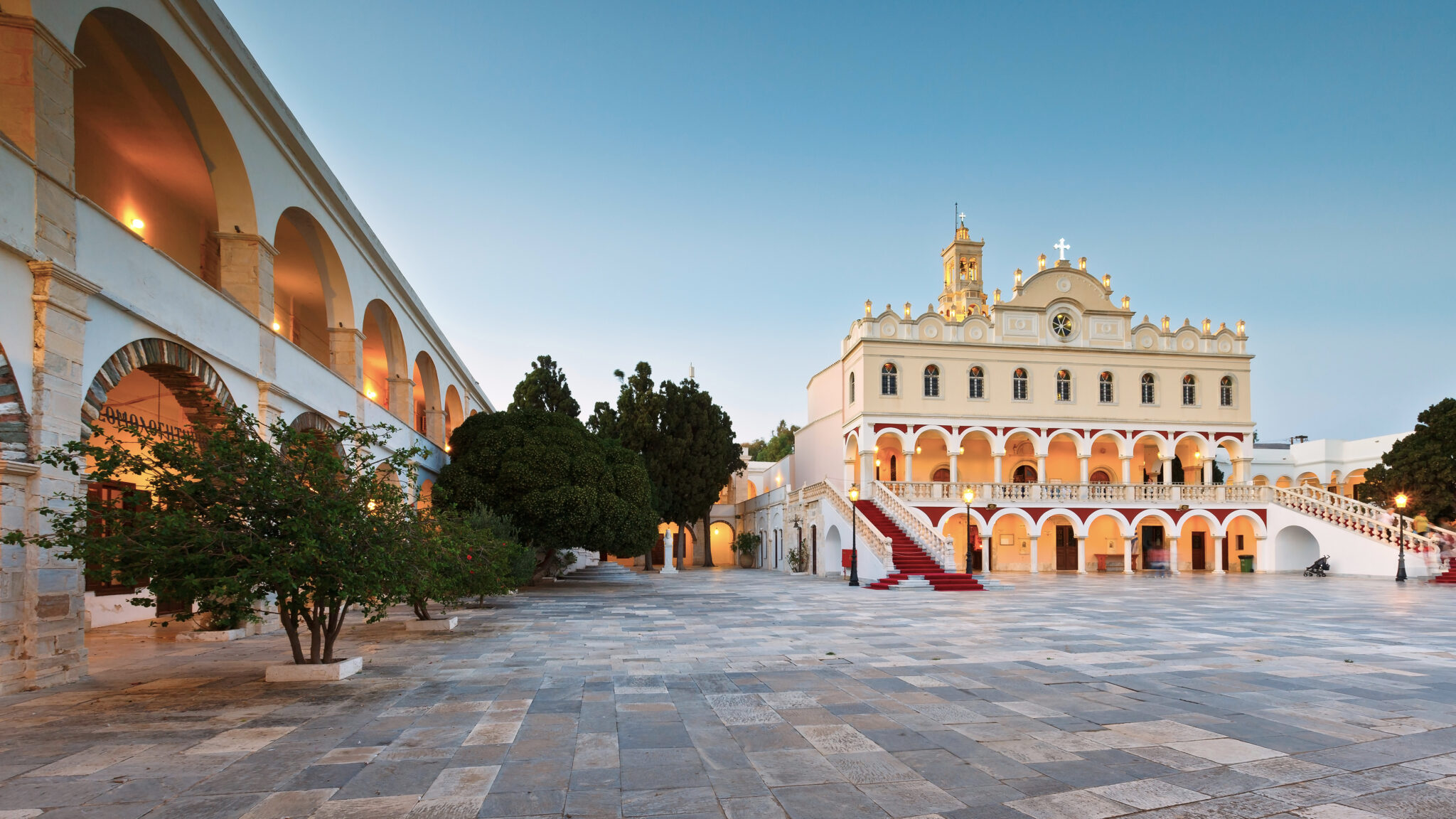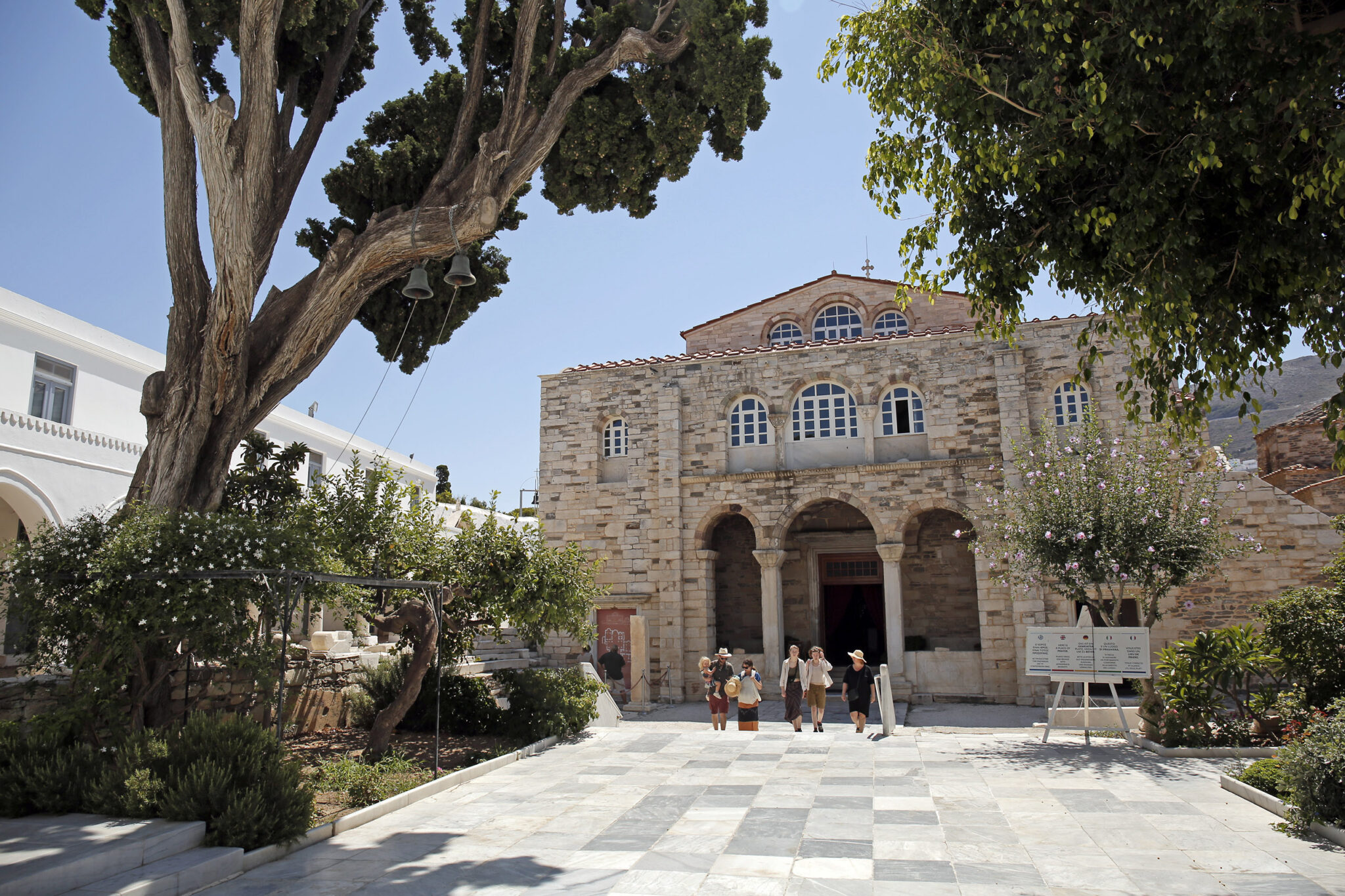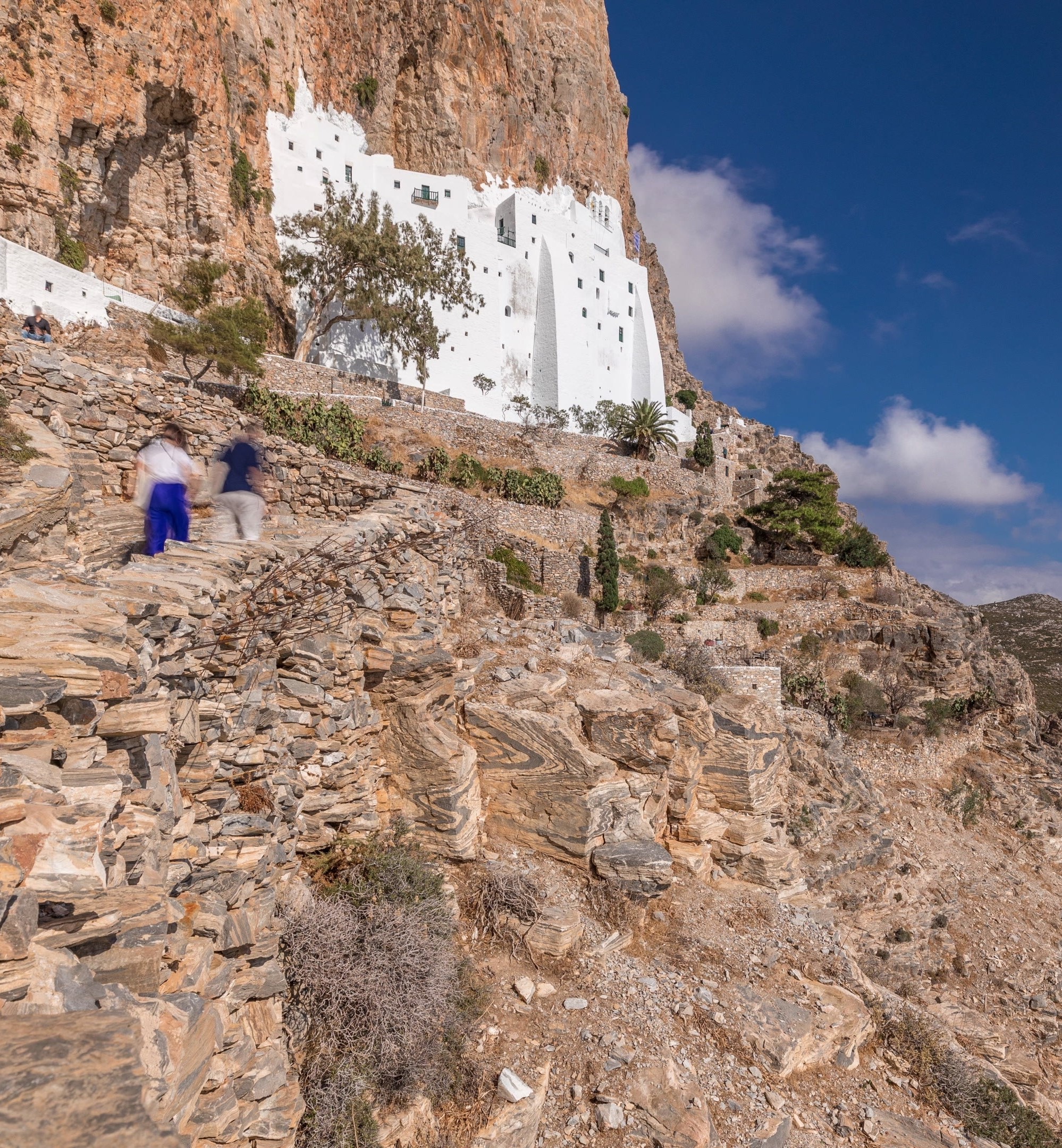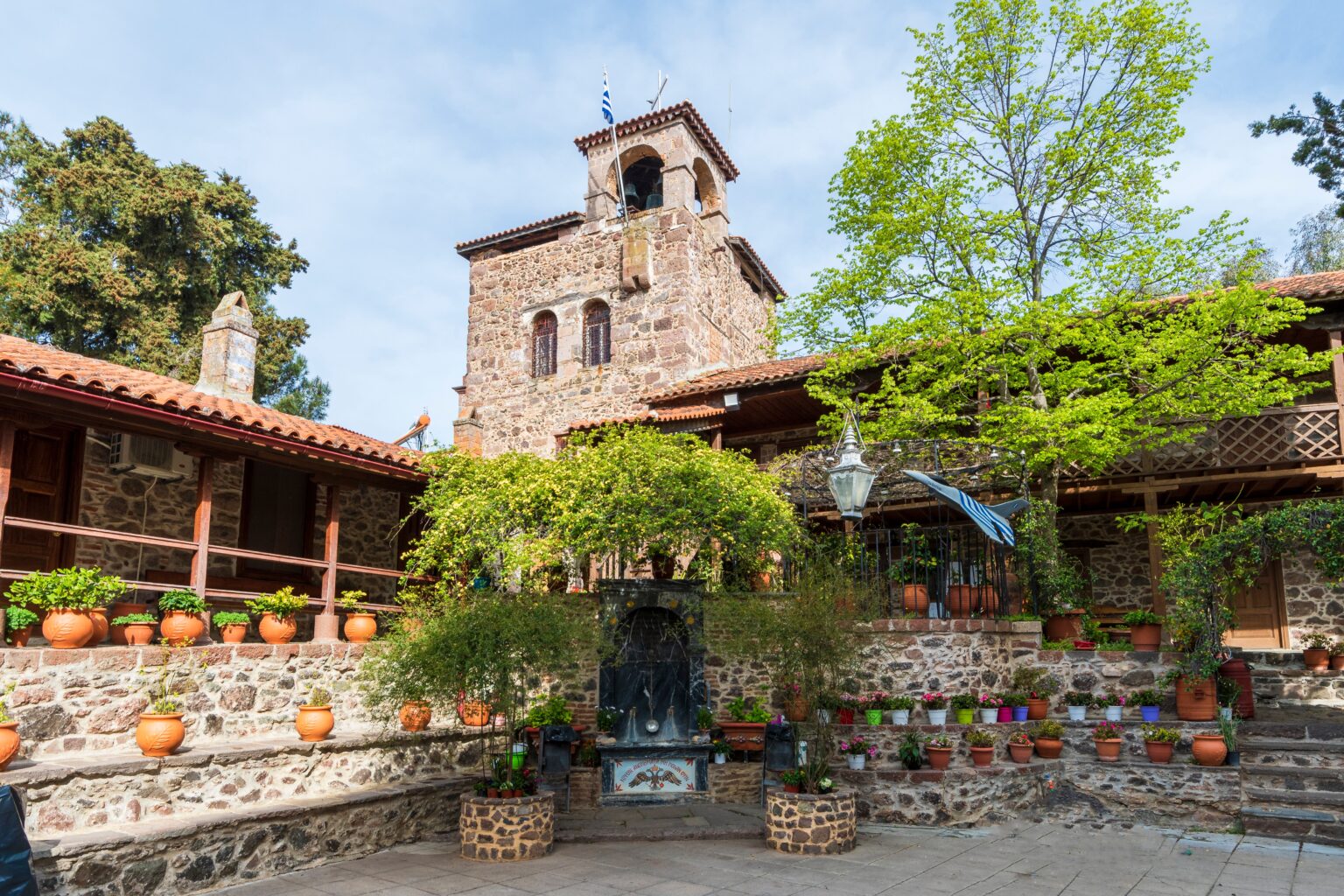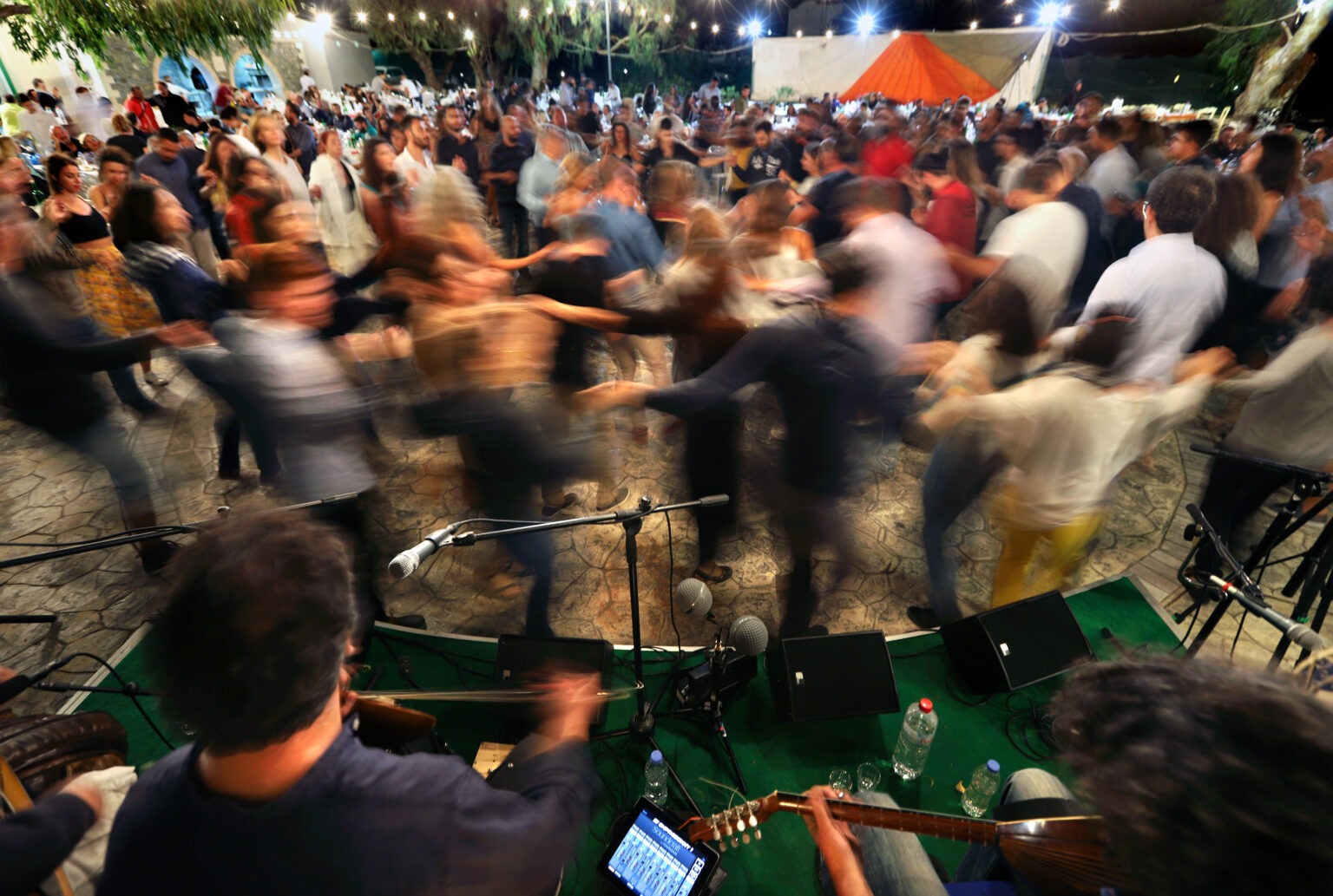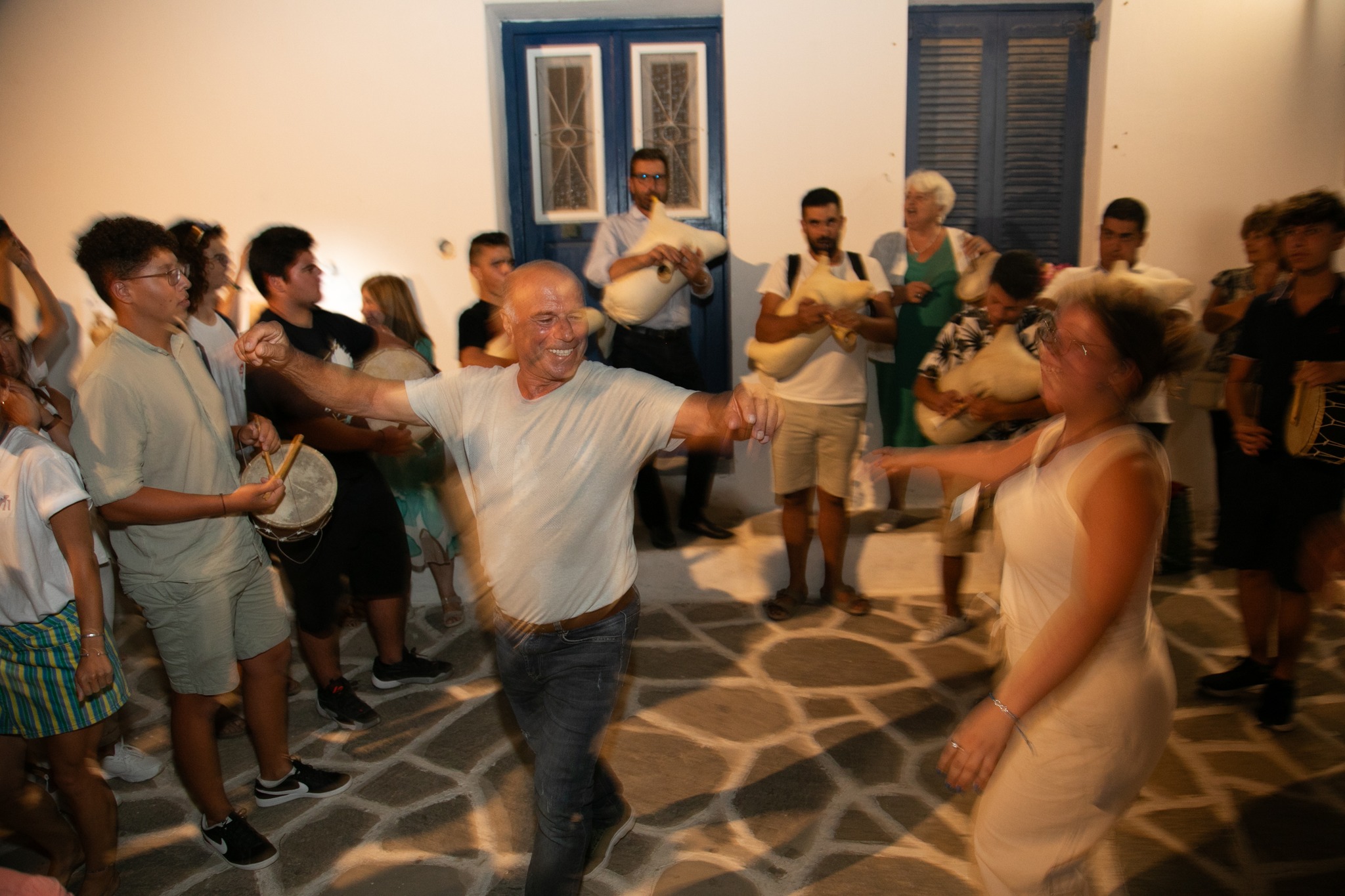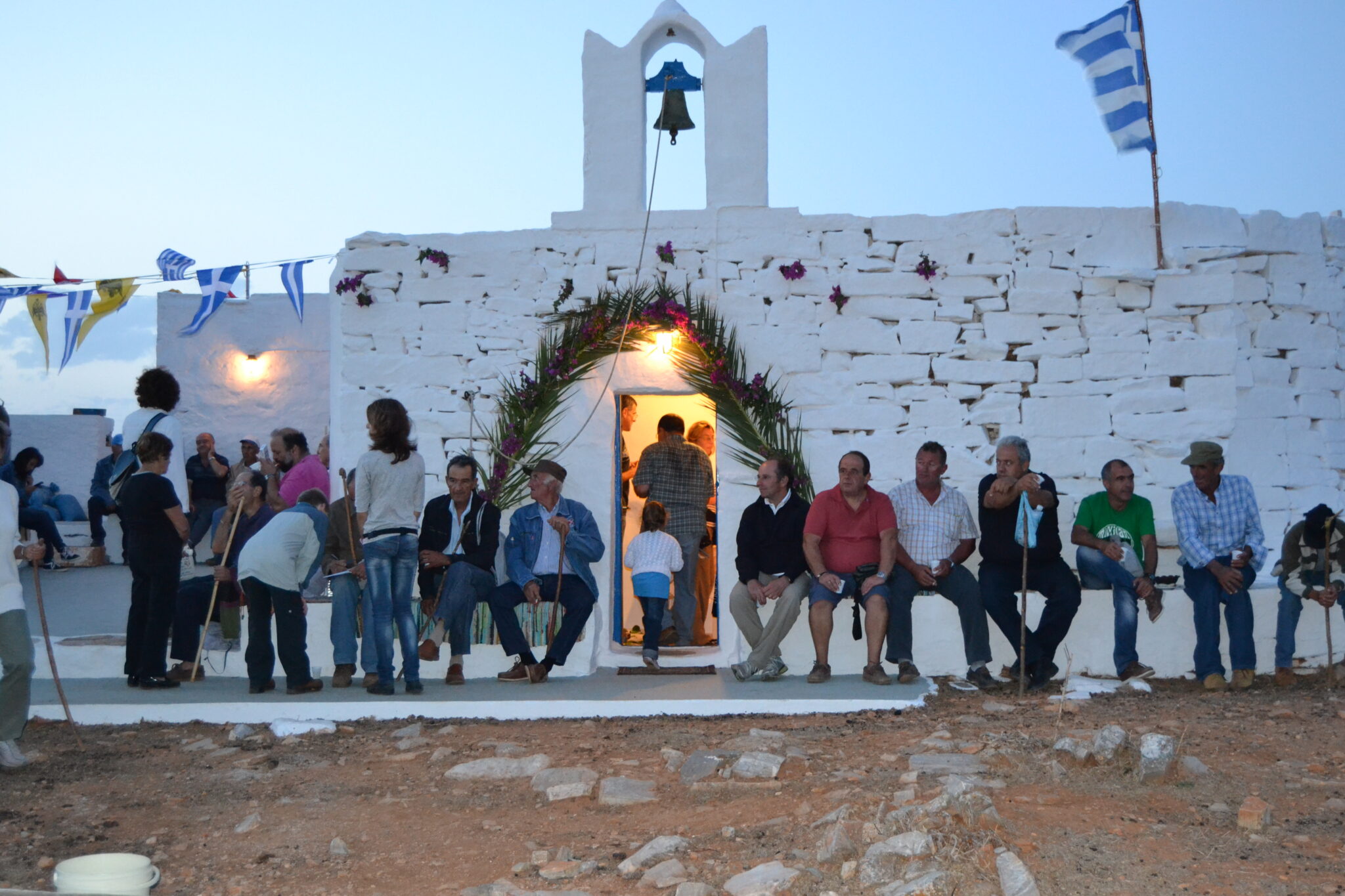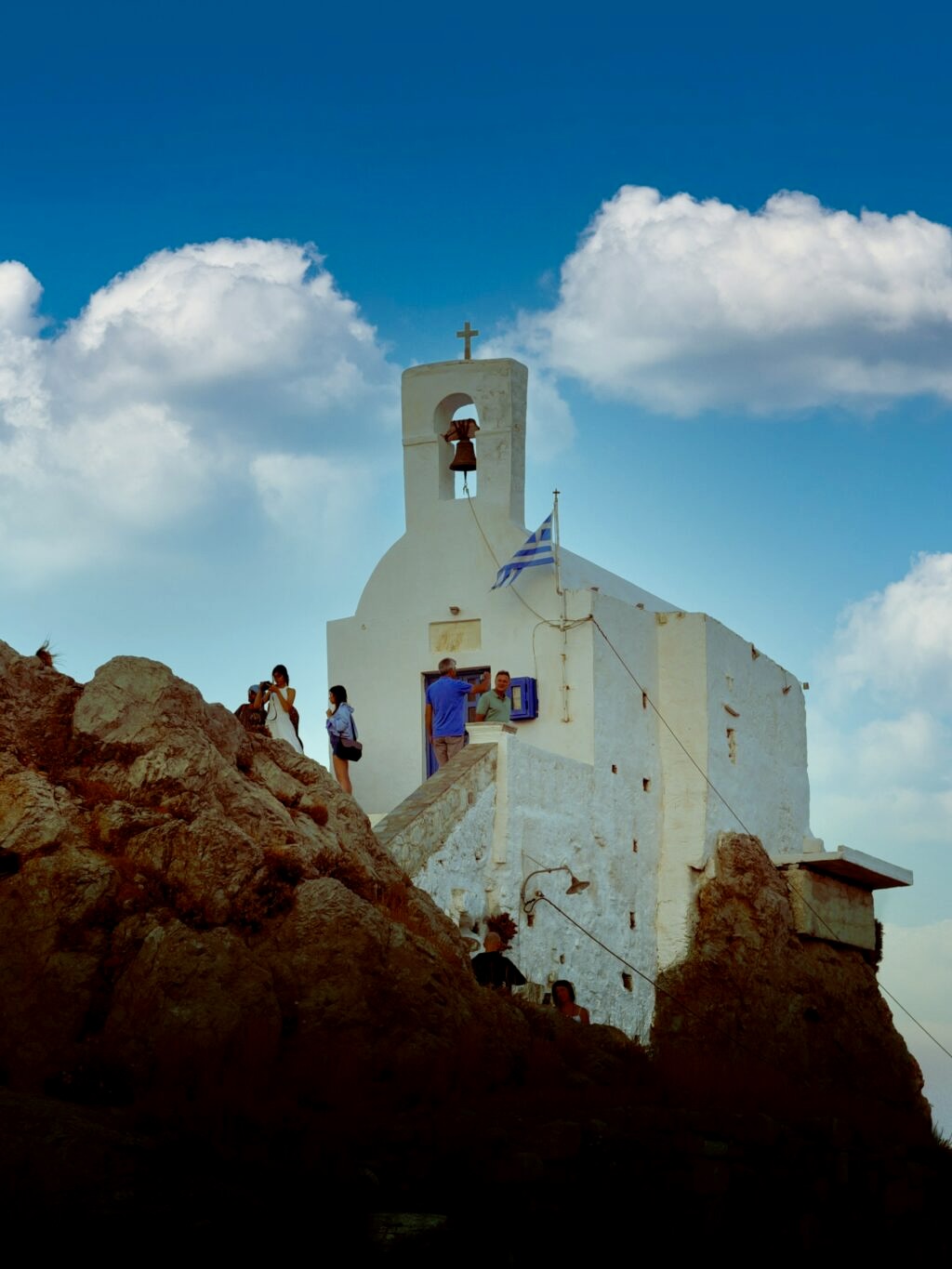On August 15, Greece dresses in its festive best. From the highlands of Macedonia to the sunlit Aegean islands, the Feast of the Dormition of the Virgin Mary marks the most significant religious moment of summer. Often called the Easter of August, the day is steeped in deep devotion.
In every corner of the country, thousands of worshippers make their way to sacred sites, following routes handed down through generations. It’s not merely a ritual of faith—it is a living tapestry of collective memory, where tradition meets reverence and the joy of a feast mingles with the solemnity of worship.
Tinos
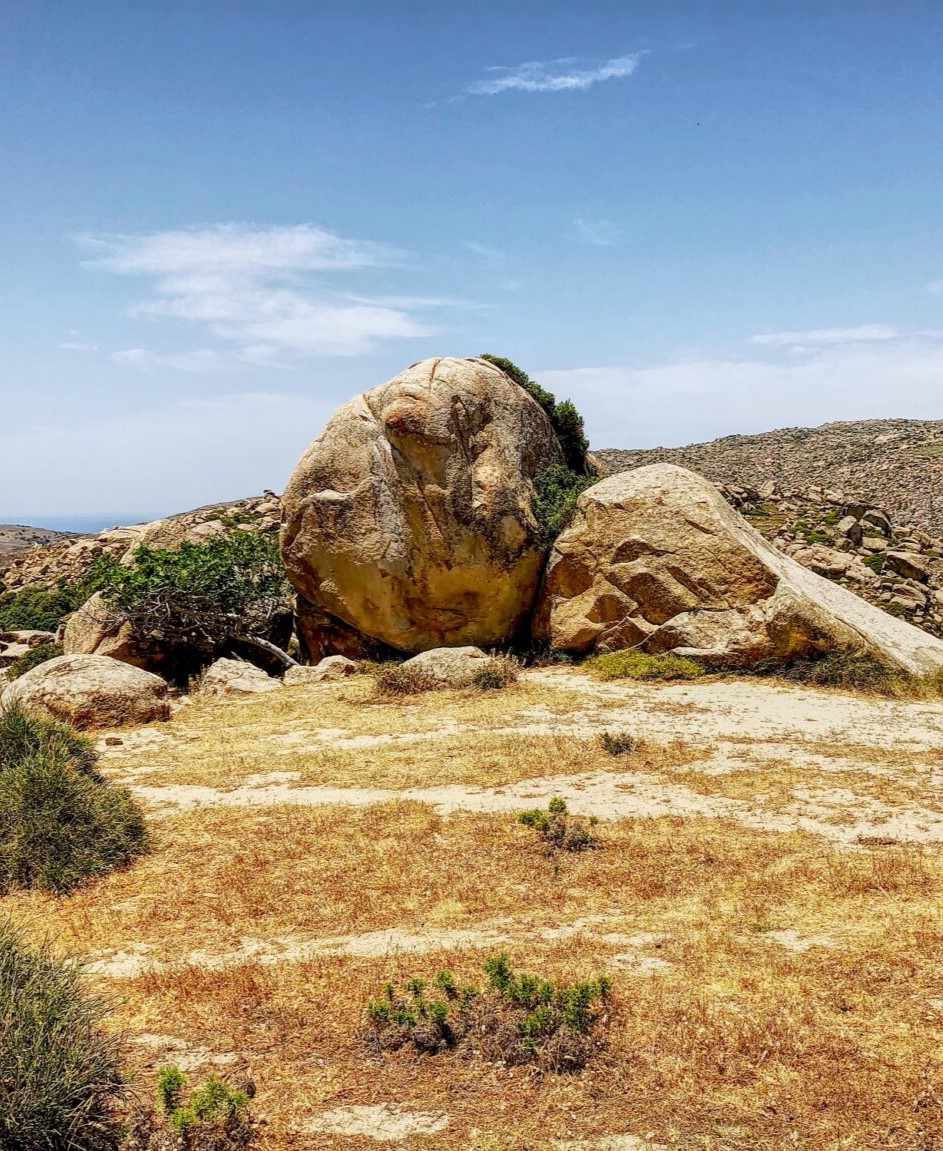
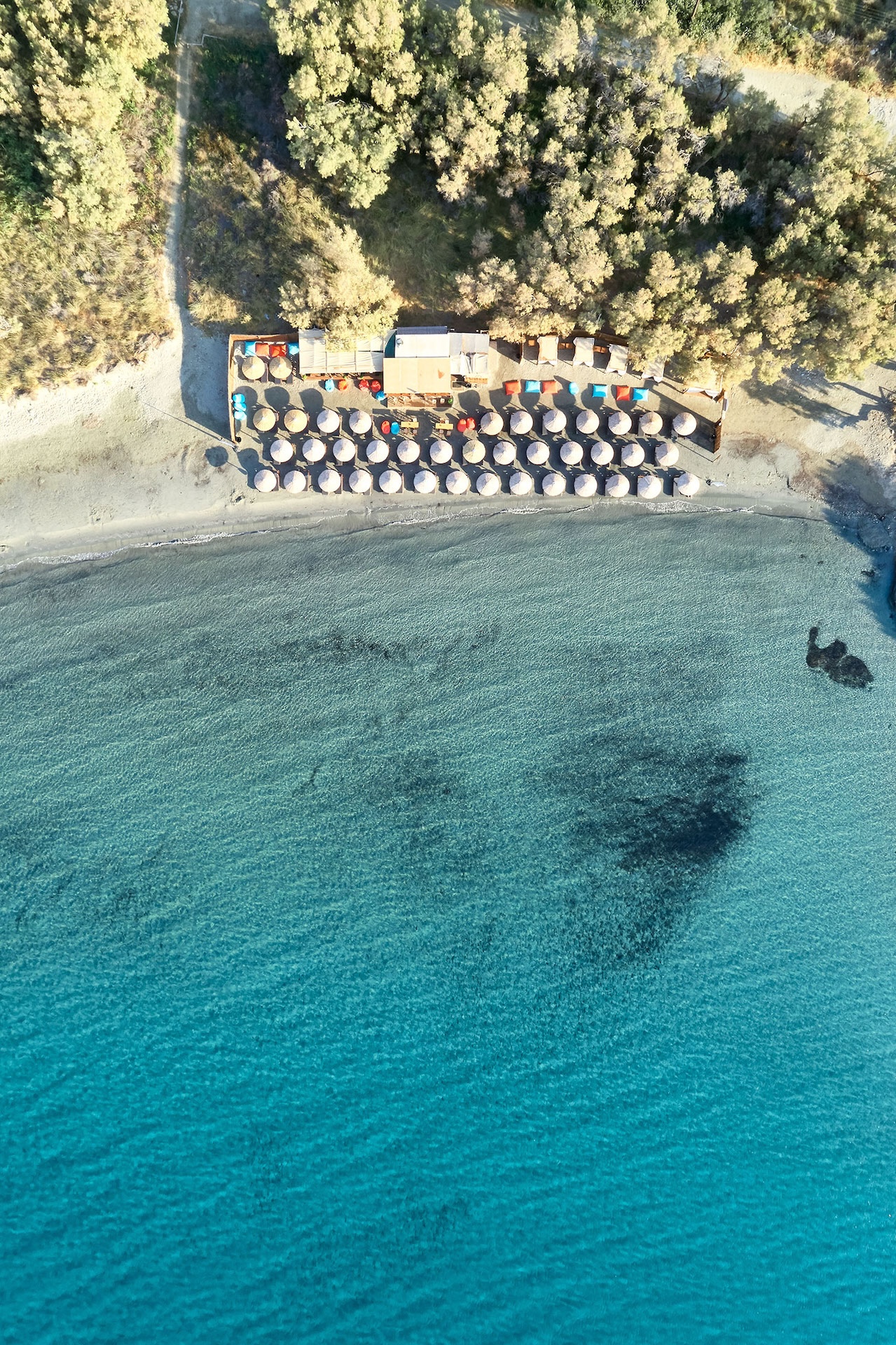
At the heart of this spiritual map lies Tinos, the island synonymous with sacred pilgrimage for the Greek people. In the Church of Panagia Evangelistria, the icon of the Virgin Mary—discovered in 1823—has shaped the island’s destiny ever since. Each August 15, thousands of pilgrims climb from the port to the church on their knees, eyes brimming with tears, hearts heavy with prayer. The procession that follows transforms the streets into a moving sea of devotion, blurring the line between heaven and earth.
On the northeastern slopes of Mount Vermio, the Monastery of Panagia Soumela stands as one of the most important shrines of Pontic Hellenism. Every August 15, thousands of Pontians from across Greece and abroad gather here, keeping alive the memory of their lost homeland on the Black Sea. The celebration is a rare blend of sacred ceremony and cultural reunion—pontic lyra music, traditional dances, and embraces between families long separated. It is a day when faith and heritage weave seamlessly together, linking past and present.
Paros
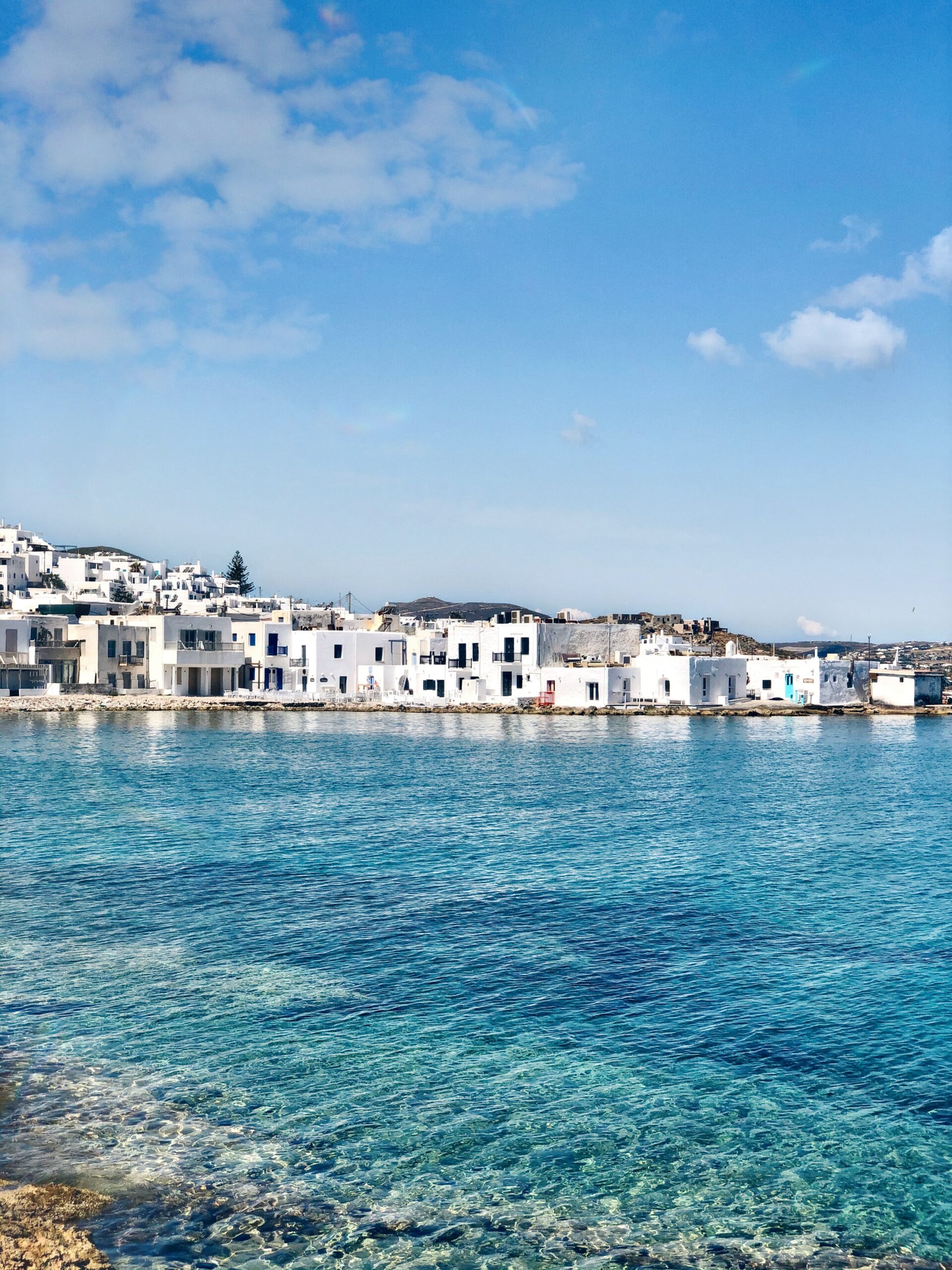
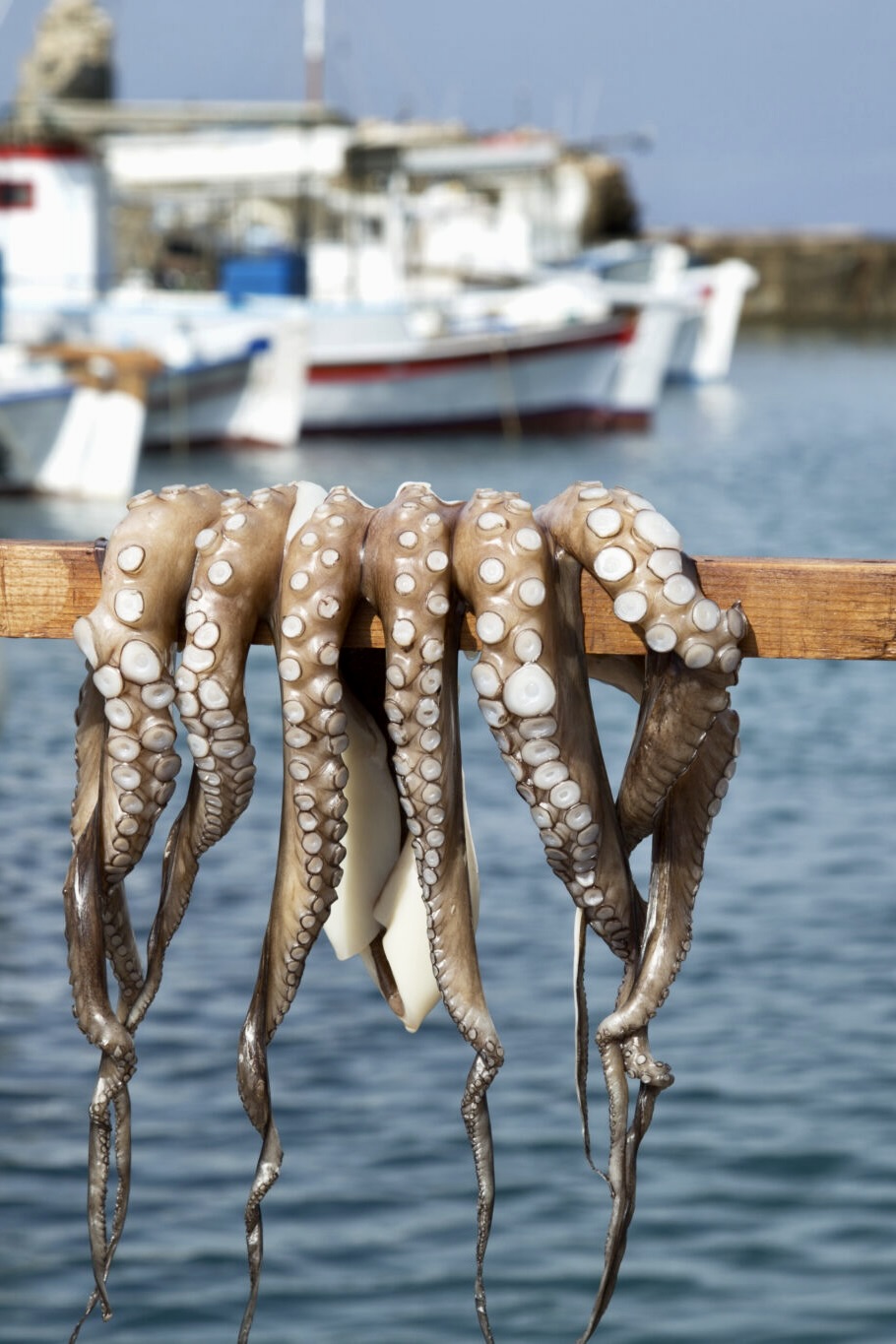
In the heart of the Aegean, Paros marks the day in the historic Church of Panagia Ekatontapyliani—“the church of a hundred doors.” According to tradition, it was founded by Saint Helen herself. The celebration bridges Byzantine grandeur with Cycladic grace. As the August sun sinks into the horizon, fishing boats draped in colorful flags glide into the harbor of Parikia. Fireworks burst above the sea while music drifts through the whitewashed alleys, carrying the celebration deep into the night.
Amorgos
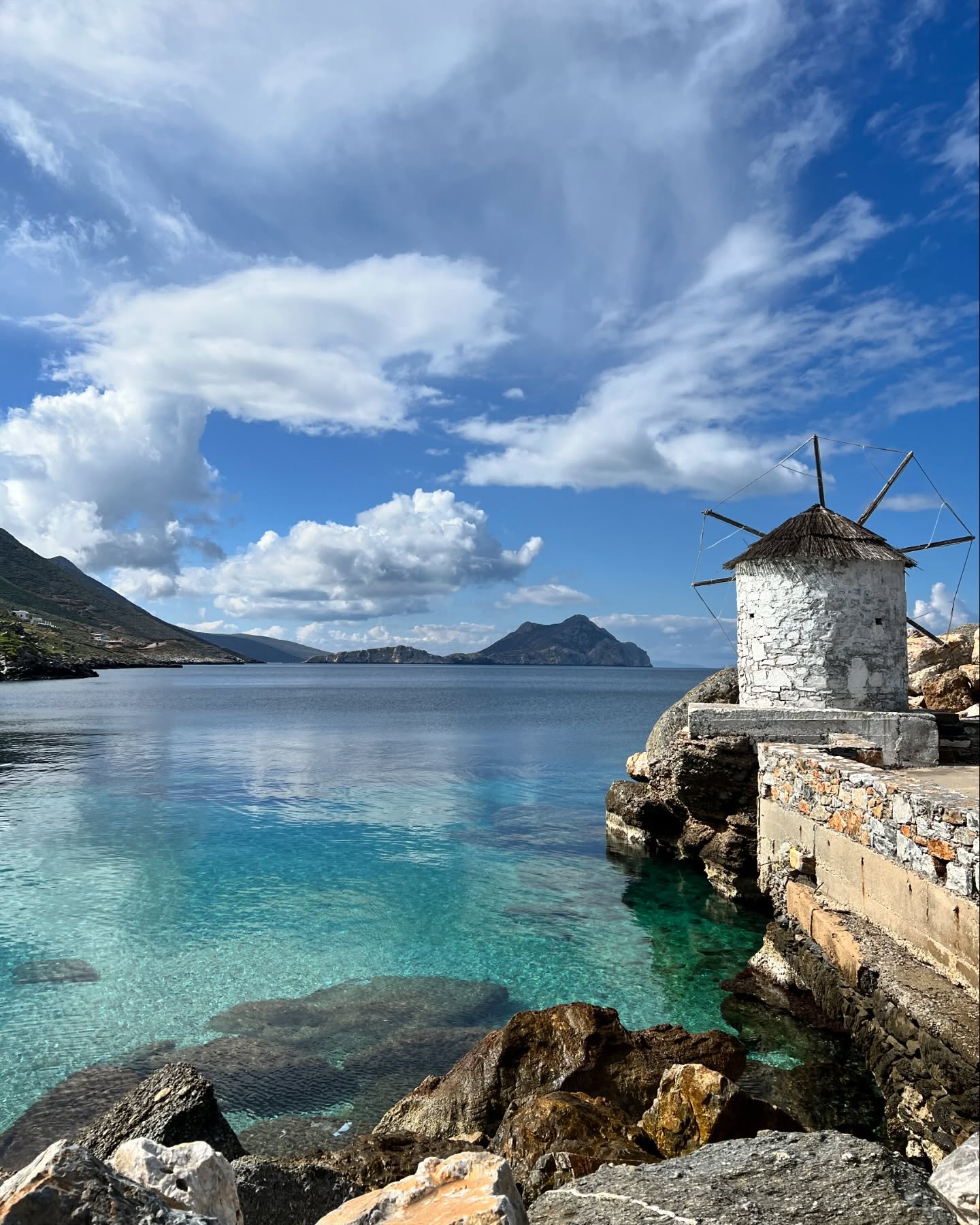
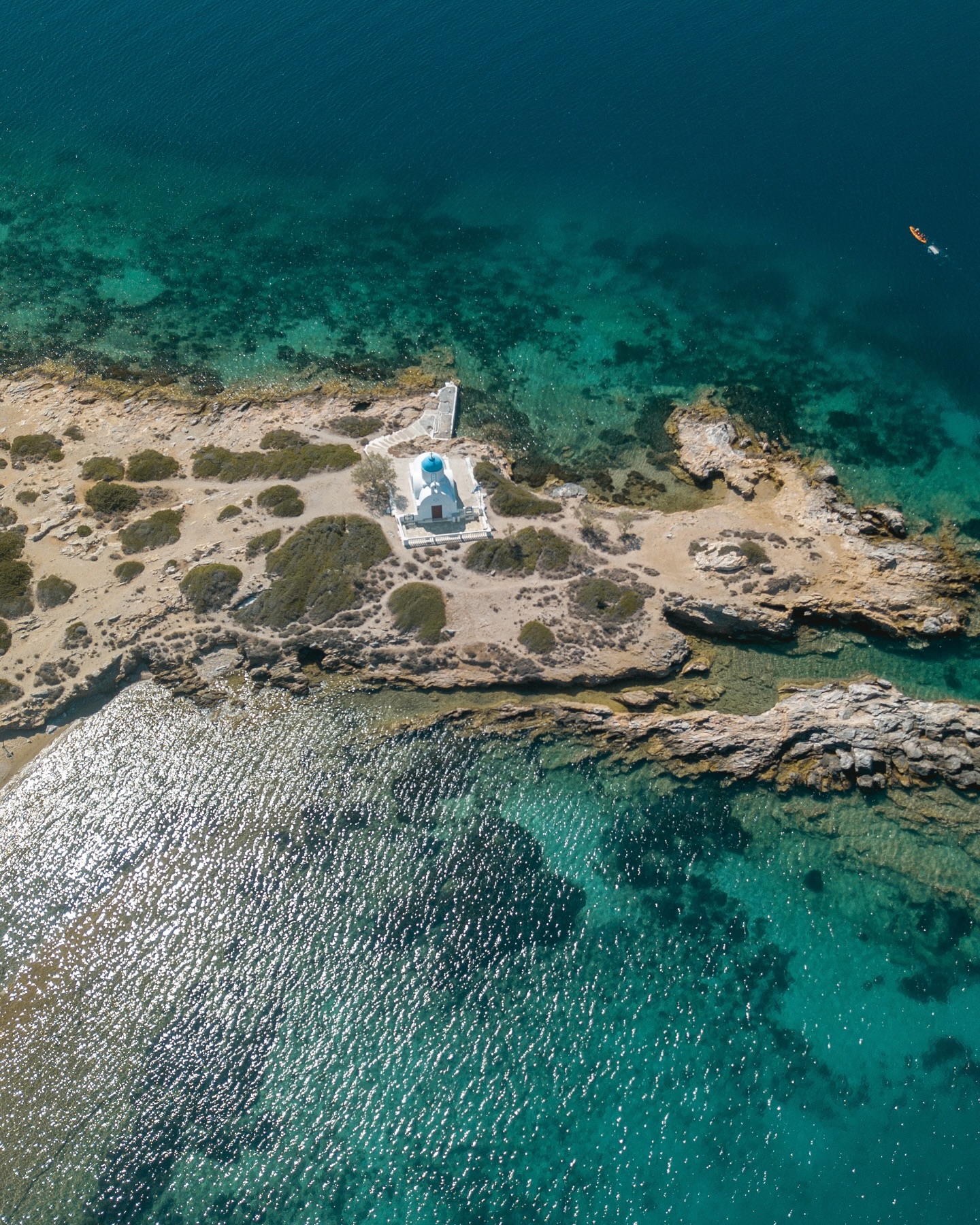
Beyond the great pilgrimages, the Greek islands shelter smaller, yet equally moving sanctuaries. In Amorgos, the Monastery of Panagia Hozoviotissa clings to a sheer cliff, offering breathtaking views and profound spiritual stillness. On Nisyros, the Monastery of Panagia Spiliani sits beside the volcano’s rim, its sacred icon sheltered inside a cave—a worship site unlike any other in the Aegean.
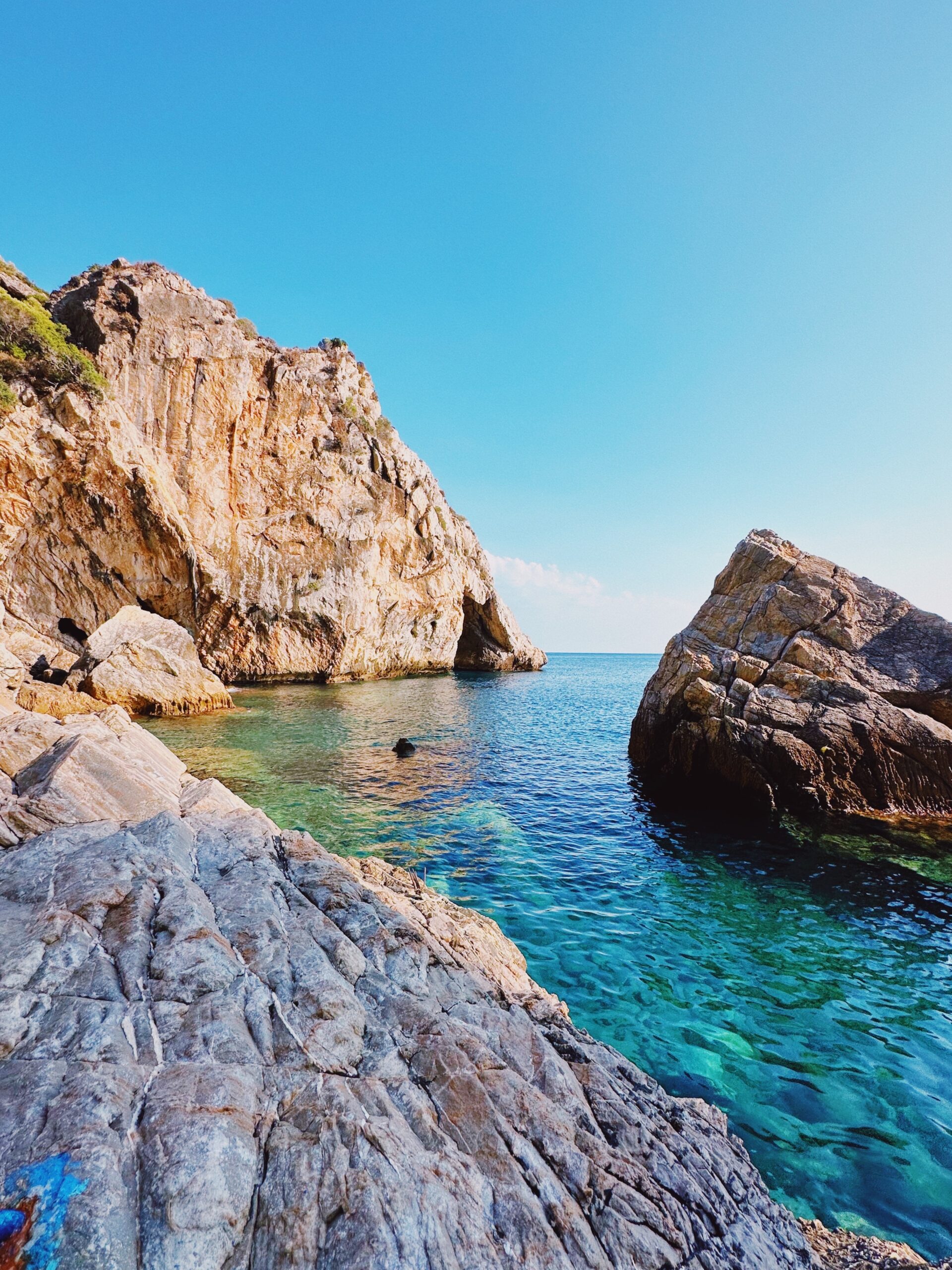
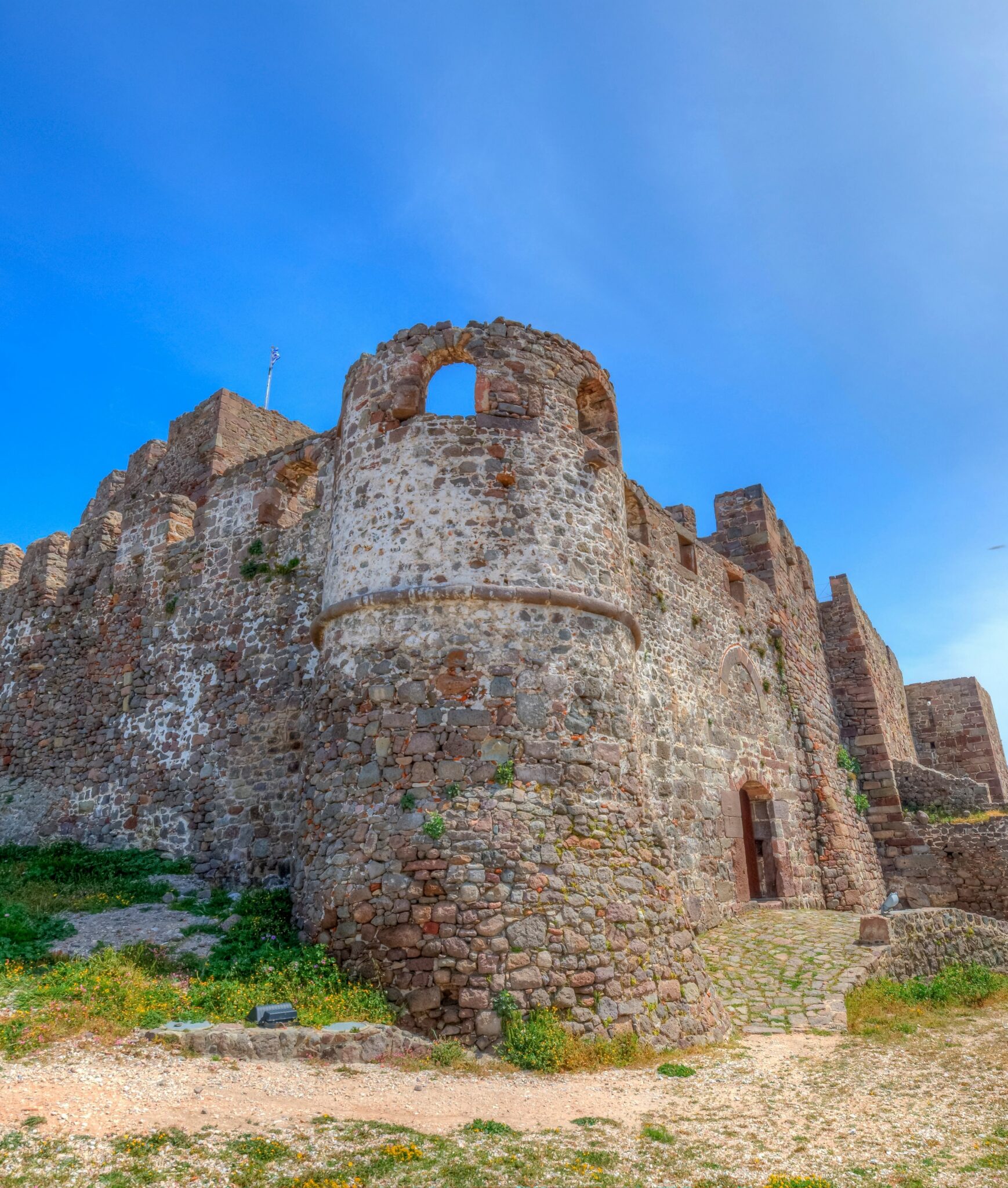
The celebration is not confined to liturgy alone. In Lesvos, pilgrims walk for hours from Mytilene to the village of Agiasos in a tradition recalling the great Christian pilgrimages of centuries past. In Kefalonia, in the village of Markopoulo, harmless small snakes appear each year inside the Church of the Virgin—an unexplained phenomenon that has fascinated both the faithful and scientists for generations.
August 15 in Greece is a living fresco of history, tradition, and devotion—an expression of a people who, despite the trials of centuries, have preserved their spiritual identity intact. On this day, the boundaries between sacred and ordinary dissolve. In village squares and church courtyards, generations share food, wine, and stories, dancing to songs that echo until dawn.
As the night deepens and the last pilgrims begin their journey home, they leave behind more than candle wax and flowers. They entrust hopes, prayers, and dreams to the Virgin, renewing a cycle of faith that has endured for centuries.
August 15 in Greece is a journey through places of devotion, where every island, mountain, and church tells the story of a people who see in the Virgin Mary not only the mother of Christ, but their own eternal spiritual protector.




